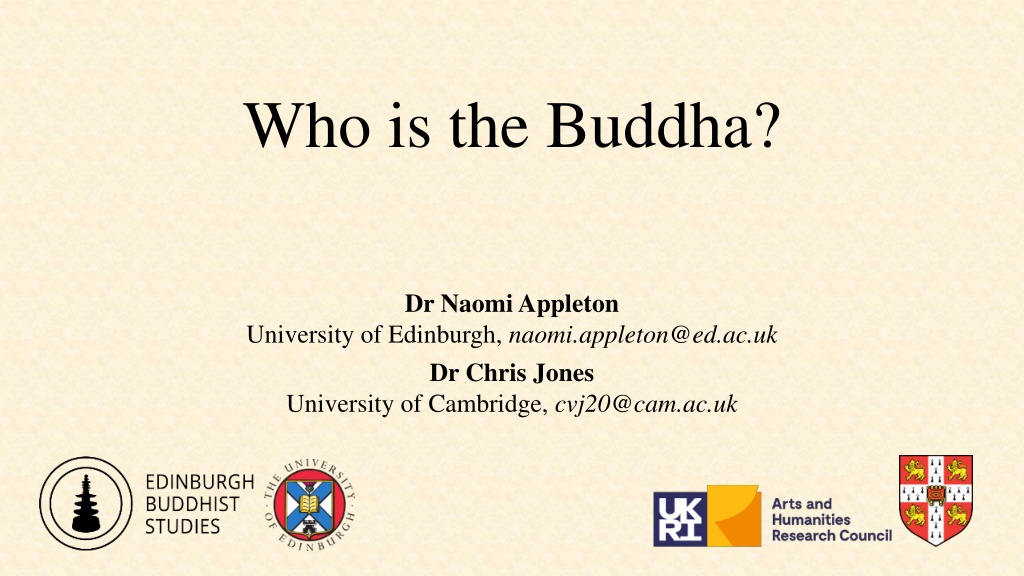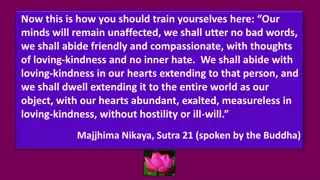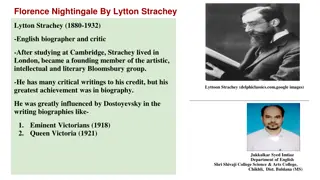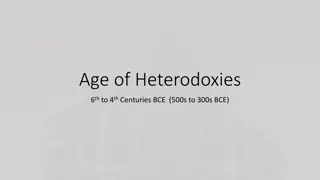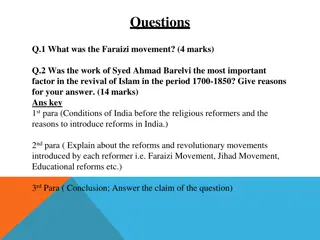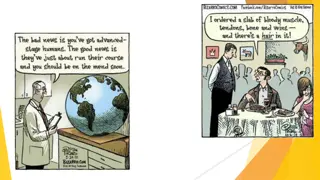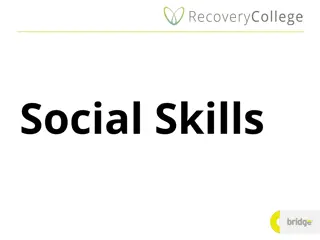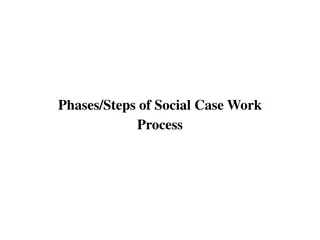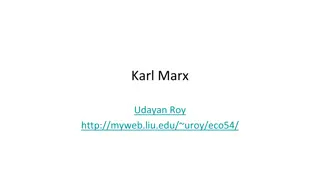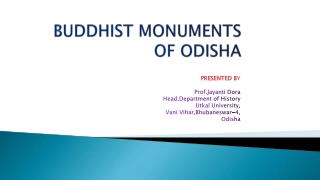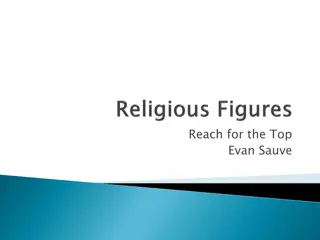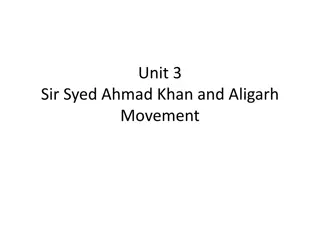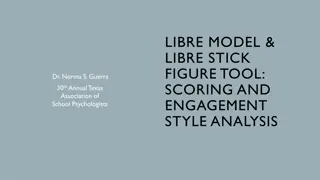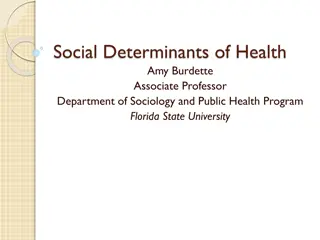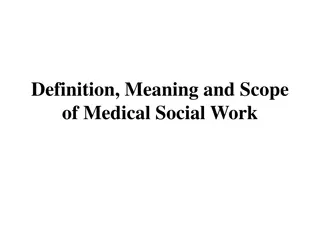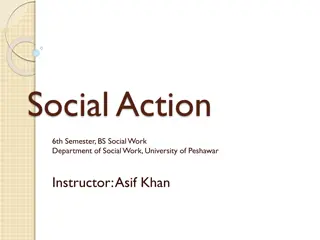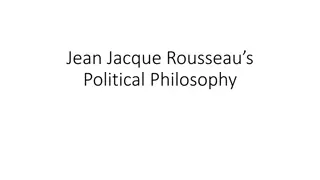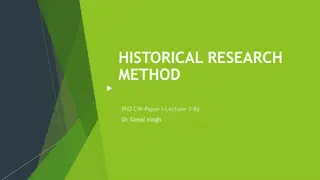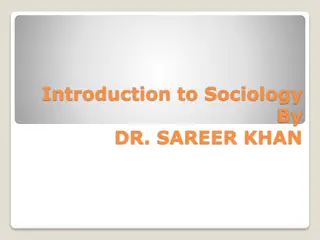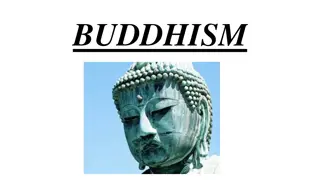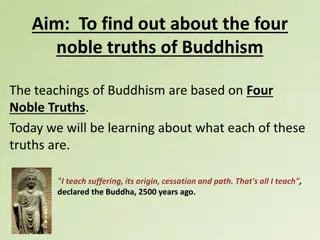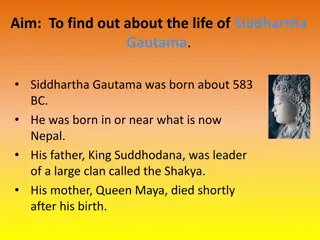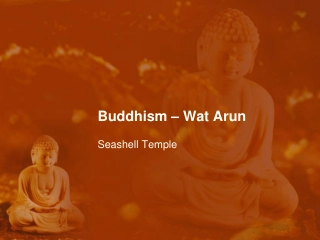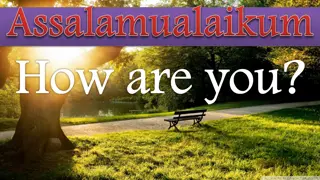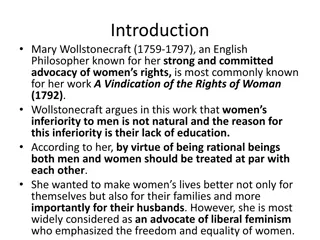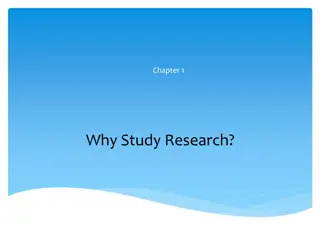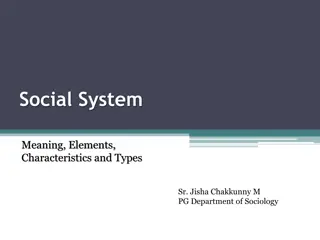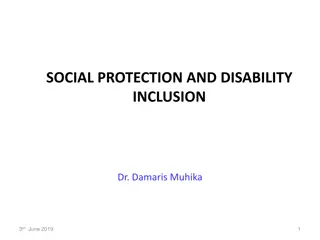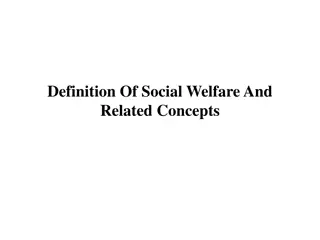Exploring the Buddha: Historical Figure, Philosopher, and Social Reformer
Dive into the multifaceted exploration of the Buddha as a historical figure, philosopher, and social reformer in a series of sessions led by experts from the University of Edinburgh and University of Cambridge. Discover the significance of the Buddha in Buddhist practice, his portrayal in modern Britain, and delve into key teachings and moments from the Mahaparinibbana Sutta. Explore the relics of the Buddha and uncover the profound connection between the Buddha and Dhamma. Join the discussions and deepen your understanding of this revered figure.
Download Presentation

Please find below an Image/Link to download the presentation.
The content on the website is provided AS IS for your information and personal use only. It may not be sold, licensed, or shared on other websites without obtaining consent from the author. Download presentation by click this link. If you encounter any issues during the download, it is possible that the publisher has removed the file from their server.
E N D
Presentation Transcript
Who is the Buddha? Dr Naomi Appleton University of Edinburgh, naomi.appleton@ed.ac.uk Dr Chris Jones University of Cambridge, cvj20@cam.ac.uk
Programme January 27th February 3rd February 17th February 24th March 10th March 17th The Buddha: Historical Figure or Literary Character? The Buddha as Philosopher The Buddha as Social Reformer The Buddha in Buddhist Practice The Buddha among Buddhas The Buddha in Modern Britain Each session will consist of roughly 45 minutes of presentation, and up to 30 minutes of questions and/or discussion. The presentations (though not the discussions) will be recorded. Please keep cameras off during this part of the event.
Some statements from the Mahparinibbna Sutta (being the P li account of the Buddha s final days and teachings) nanda, as with the body of a universal monarch, so should it be done with the body of the Tath gata (i.e., Buddha); and at a crossroads also a st pashould be raised for the Tath gata. And whosoever shall bring to that place garlands or incense or sandal paste, or pay reverence, and whose mind becomes calm there it will be to his well being and happiness for a long time. Therefore, nanda, be islands unto yourselves, refuges unto yourselves, seeking no external refuge; with the Dhamma as your island, the Dhamma as your refuge, seeking no other refuge Behold now, monks, I exhort you: all compounded things are subject to cessation. Strive with earnestness! Image Anandajoti, of a reclining Buddha Thailand: see notes to slide. by in
The Buddhas relics, and relic-mounds (st pas) [Monk:] Long is the time, lord of men, since we have seen the Buddha. We lived a life without a master; there is nothing here for us to worship. [King:] Did you not tell me, sir, that the Buddha has passed into nibb na? [Monk:] If we behold the relics, we behold the Buddha. From the Mah va sa (c.C5th CE), reportingthe arrival of some Buddhist relics to Sri Lanka Right: The th pa(Sanskrit: st pa) at Sarnath, near Varanasi, site of the Buddha s first sermon.
Buddha and Dhamma I For a long time, Lord, I have wanted to come and set eyes on the Blessed One, but I had not the strength in this body to come and see the Blessed One. Enough, Vakkali! What is there to see in this vile body? He who sees Dhamma, Vakkali, sees me; he who sees me sees Dhamma. Truly seeing Dhamma, one sees me; seeing me one sees Dhamma. Vakkali Sutta(of the P li Canon: see notes) r pak ya form-body : the Buddha embodied in physical form dharmak ya dharma-body : the Buddha embodied in the Dharma
Buddha and Dhamma II Moreover,Subh ti, on whatever piece of ground one elucidates this discourse (s tra), that piece of ground will become worthy of worship, worthy of veneration and reverential circumambulation for the whole world with its gods, human beings and other deities that piece of ground will become a shrine. Vajracchedik Praj p ramit (aka. The Diamond S tra )
Buddha images Above: Buddha footprint on reclining Buddha-image in Myanmar Right: Bharhut Stupa depiction of the descent from heaven, photograph by Ken Kawasaki: CC-BY-SA3
Buddha image worship (Buddha-pj) Left: Buddha image from Gandh ra, 2nd-3rd c., image in public domain courtesy of LACMA Centre: p j of the Mahamuni Buddha image in Myanmar: Photo by Damien HR, CC-BY-SA Right: the main shrine room at Samye Ling monastery, Scotland
Mindfulness of the Buddha Image in the public domain, courtesy of LACMA Iti pi so bhagav araha samm sambuddho vijjacara asampanno sugato lokavidu anuttaro purisadammas rathi satth devamanuss na buddho bhagav ti Like this indeed is the Blessed One: a worthy one fully and perfectly awakened perfect in knowledge and conduct a well-gone one knower of the world unsurpassed tamer of those to be tamed teacher of gods and humans awakened one blessed one
(The) Buddha(s) in other meditation practices If you meet the Buddha on the road, kill him. Linji Yixuan (9th century Chinese Zen monk) Zen practitioners in seated meditation. Photograph Spoktu, CC-BY-SA3.0
Conclusion The matter of the Buddha s relationship to the world is not a simple one, and Buddhist traditions disagree over how this best be understood. However, perhaps all forms of Asian Buddhism understand the Buddha to still influence the world and the lives of people in it, materially and/or immaterially, and that he remains available as a potent object of reverence and devotion. Right: the gigantic Leshan Buddha (C8th) in Sichuan, China.
